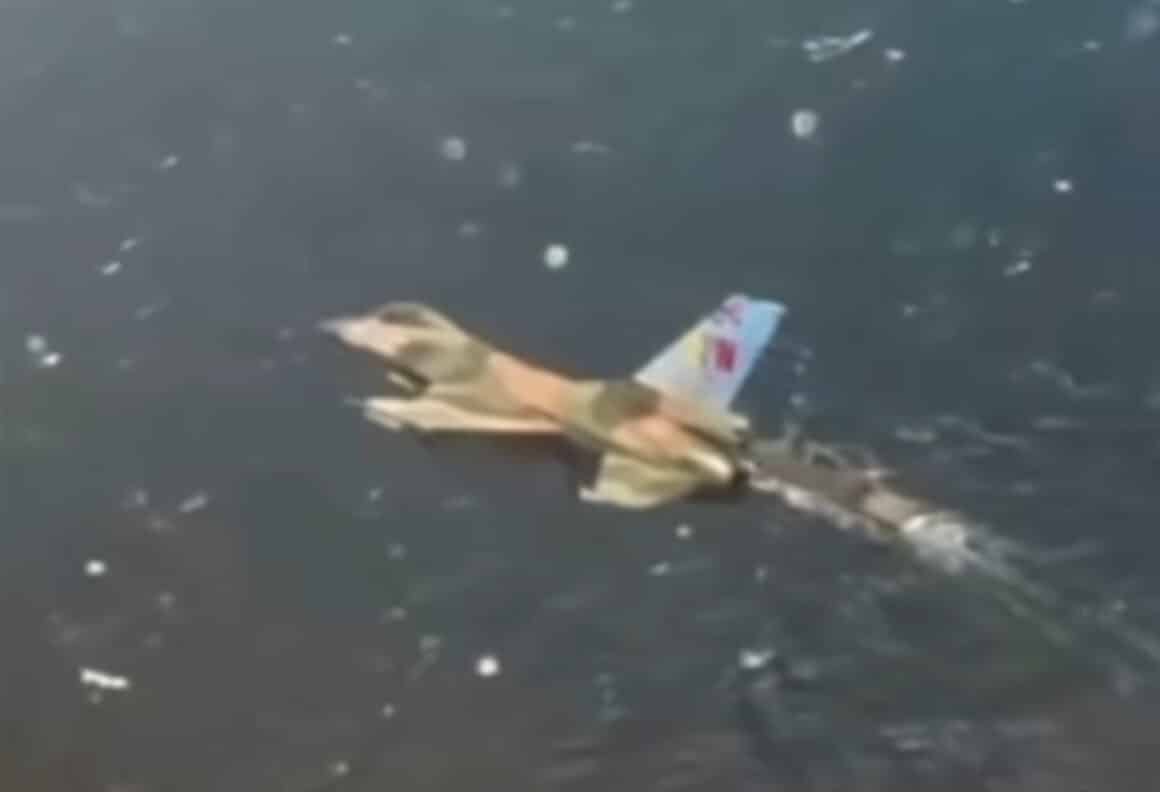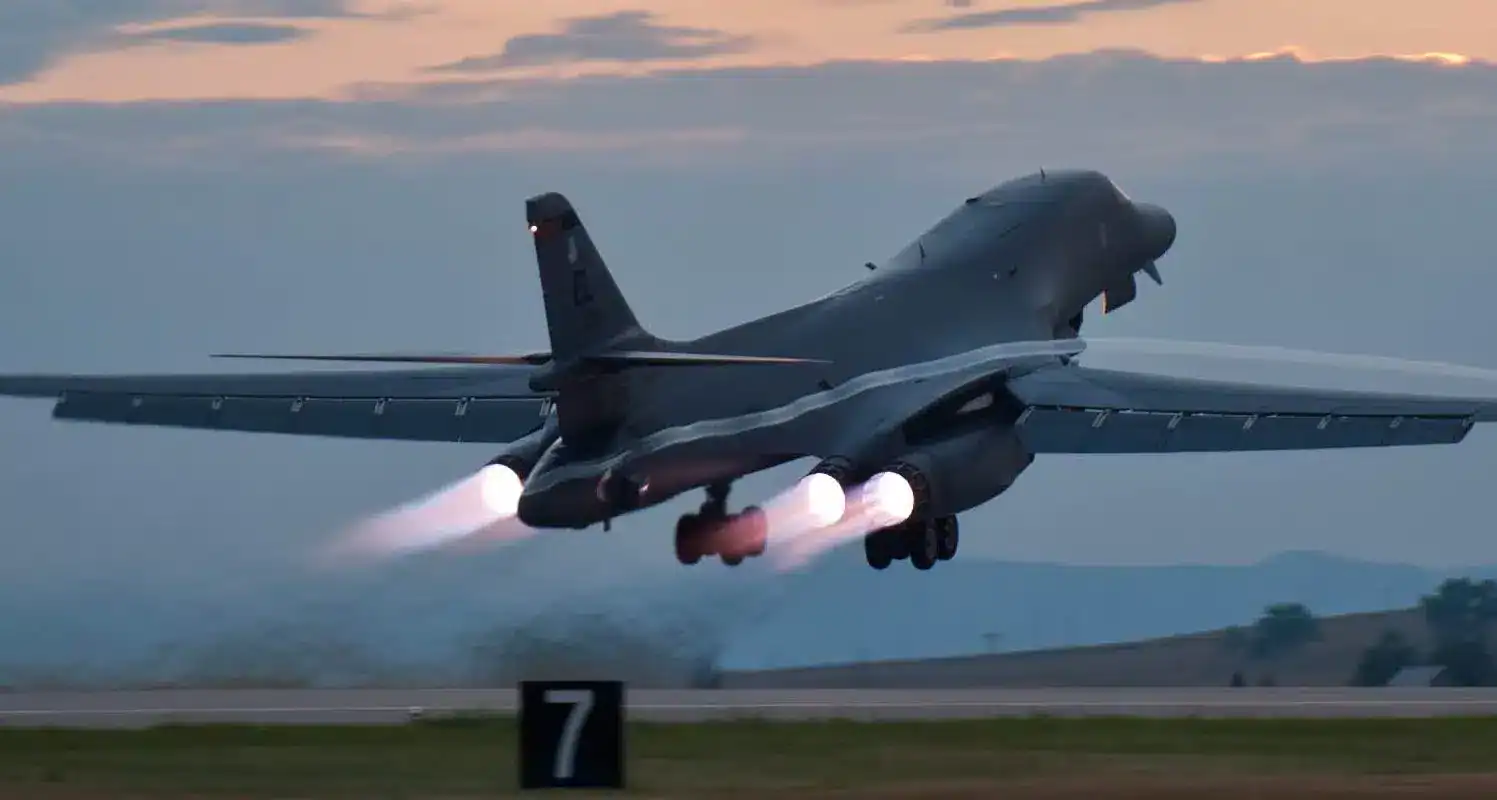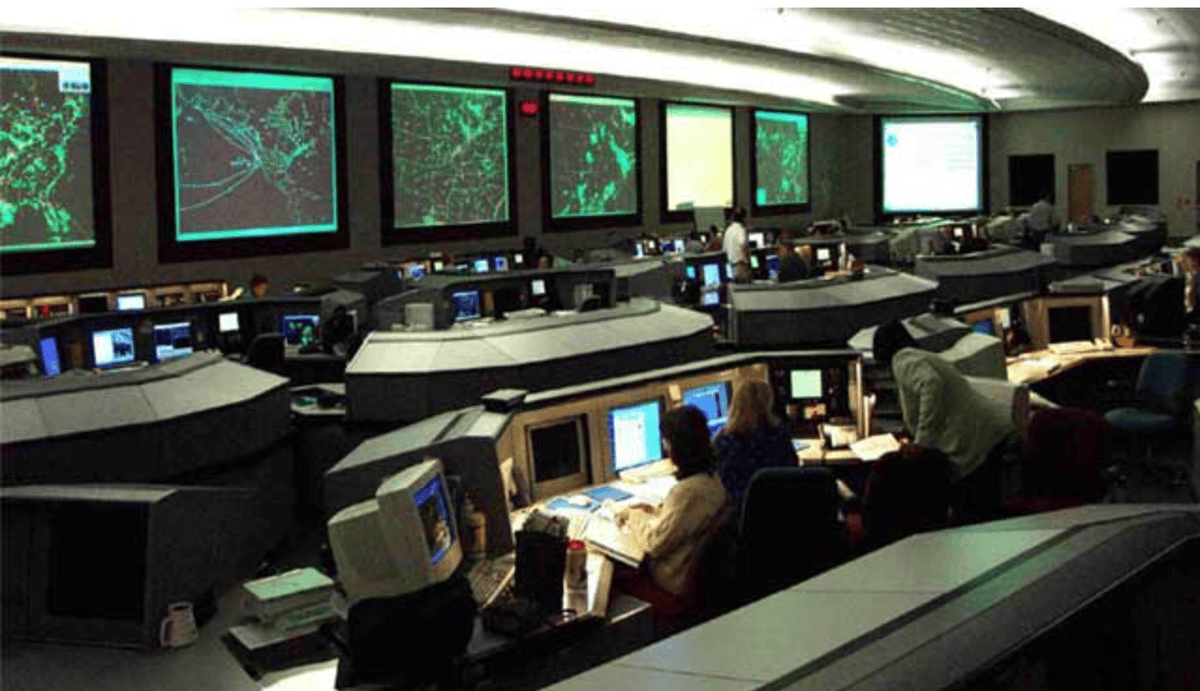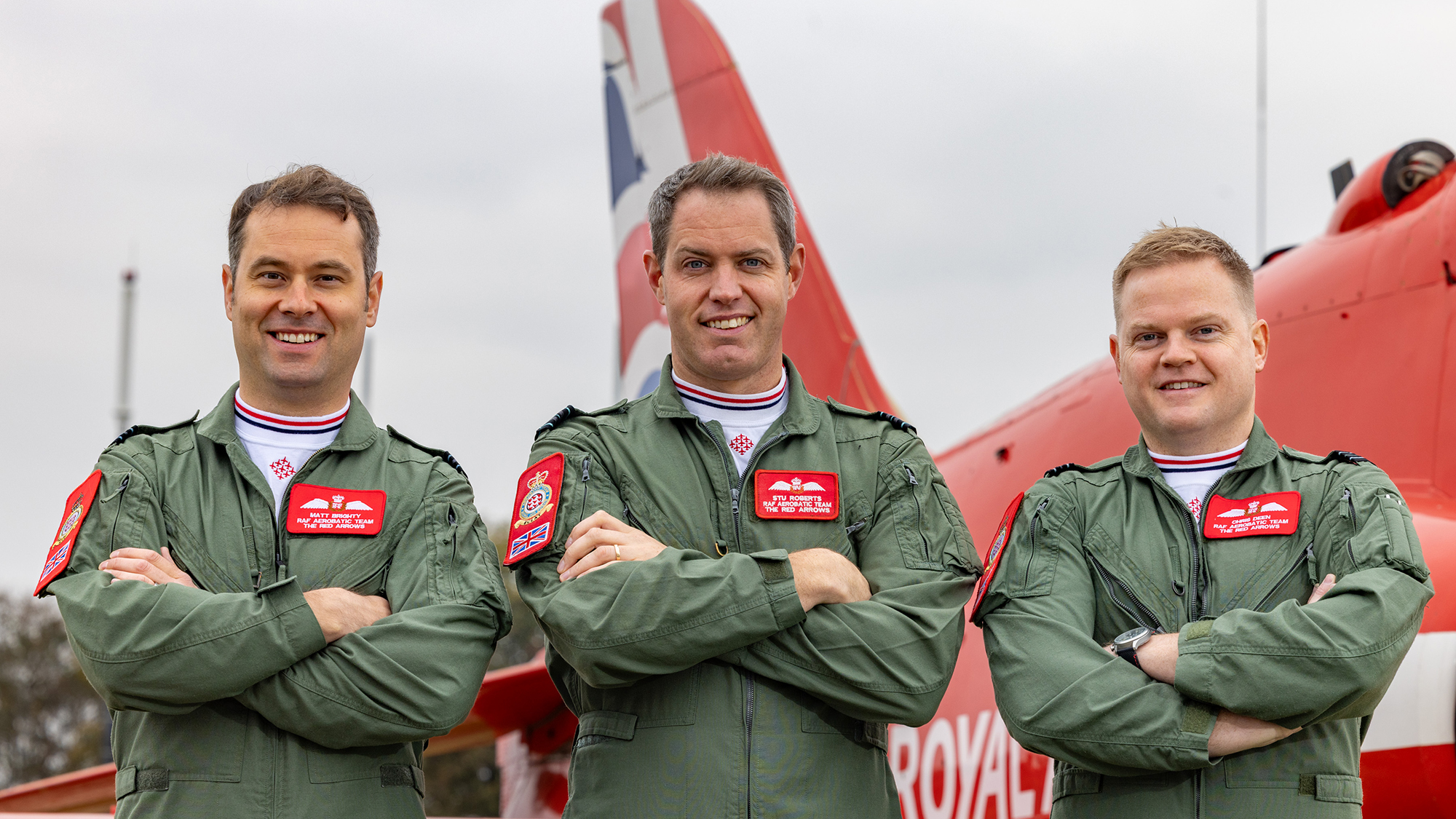Texas B-1 bombers attacked Venezuela this week, with an offshore flyover no doubt intended to catch the attention of Venezuelan President Nicolás Maduro.
The pair of supersonic bombers, with the call signs Barb21 and Barb22, arrived about 50 miles off the Venezuelan coast on October 23. They also kept their ADSB on. Dyess AFB’s bombers can carry more than 75,000 pounds of bombs each, and they wanted to be seen.
Numerous Air Force assets involved
A KC-135 Stratotanker from MacDill AFB provided aerial refueling, linking up with the bombers as necessary. An RC-135 was also in the air, collecting signals and gathering intelligence.
A E-11A plane known as ‘Wi-Fi in the sky’ was also behind the scenes, supporting communications and likely connecting RC-135 data to Washington.
Venezuela has Russian and Chinese surface-to-air missiles and F-16 fighter jets, but they know that any move they make will be met with fatal force, following their own F-16 flyby of a Navy warship recently.

Basically, the United States responded by saying that if Venezuela did it again, they would be shot down.
The largest aircraft carrier in the world heads to Venezuela
Eight American warships, a nuclear submarine, and a squadron of F-35 fighter jets are within easy striking distance. The world’s largest aircraft carrier, the USS Gerald Ford, is currently sailing to Venezuela from the Mediterranean.
It is the latest escalation by President Donald Trump and his administration to stop the trafficking of Venezuelan drugs to the United States, financing the Maduro regime.

The United States government is offering a reward of $50 million for his arrest.
So far, the US military has carried out 10 attacks against drug vessels carrying large quantities of drugs, killing 40 people.



